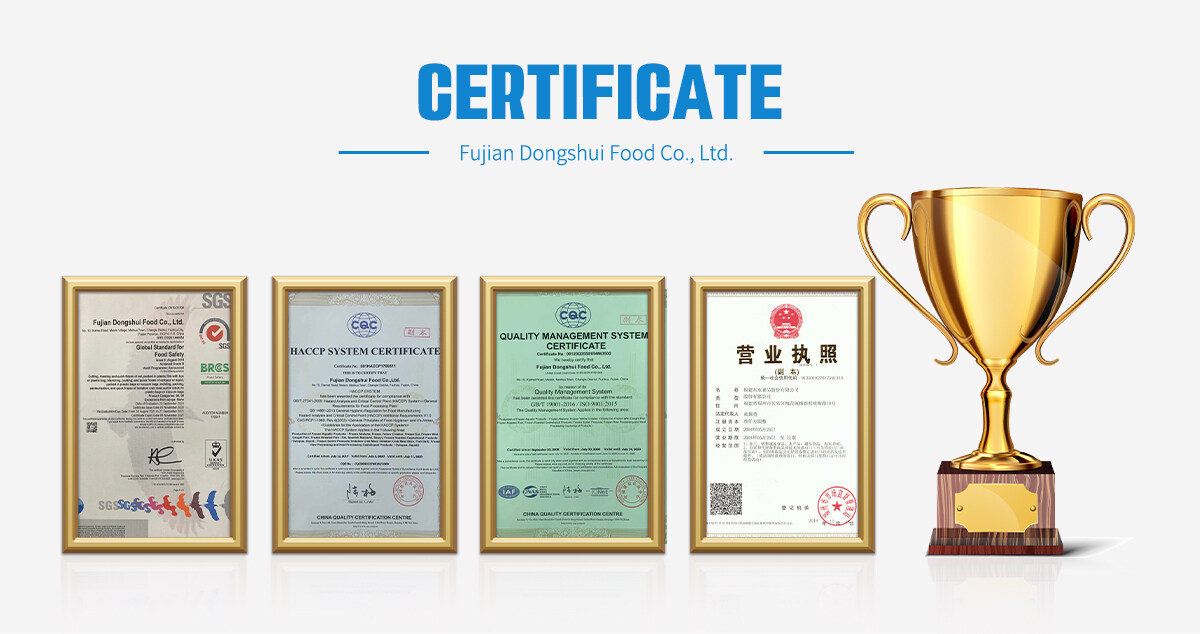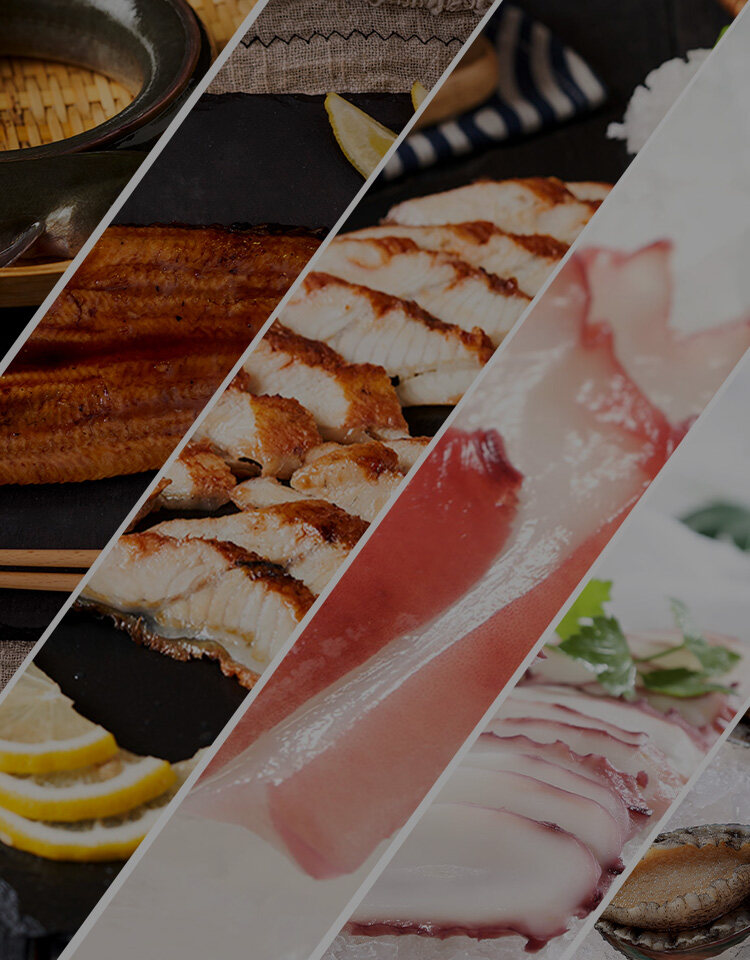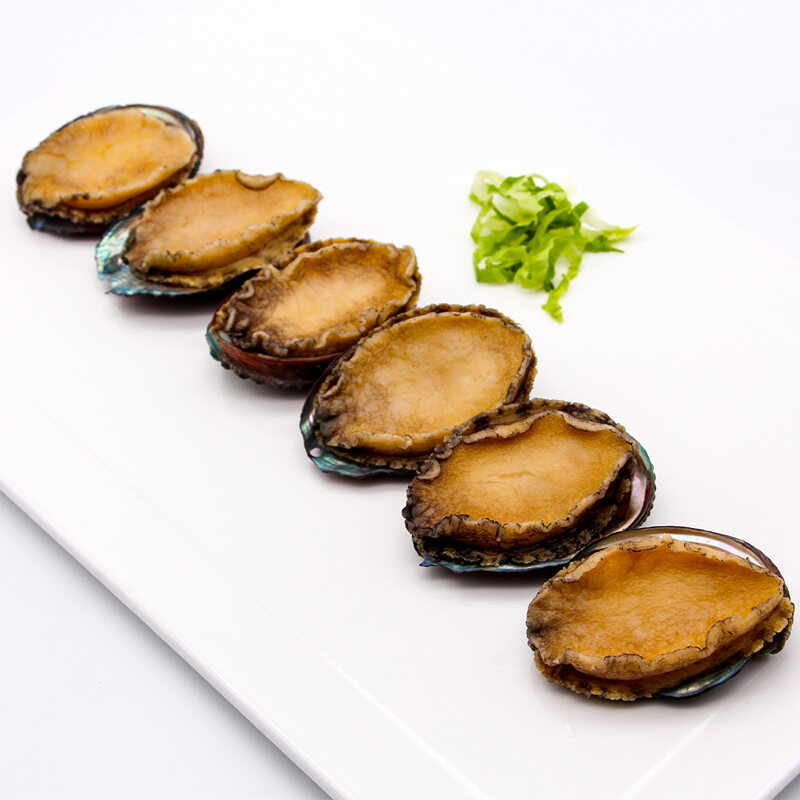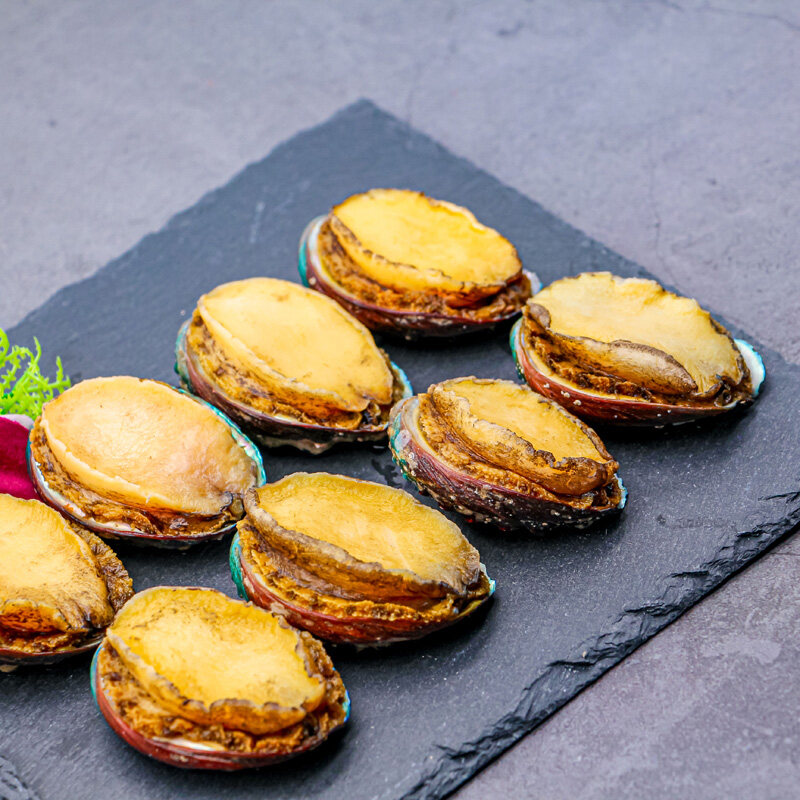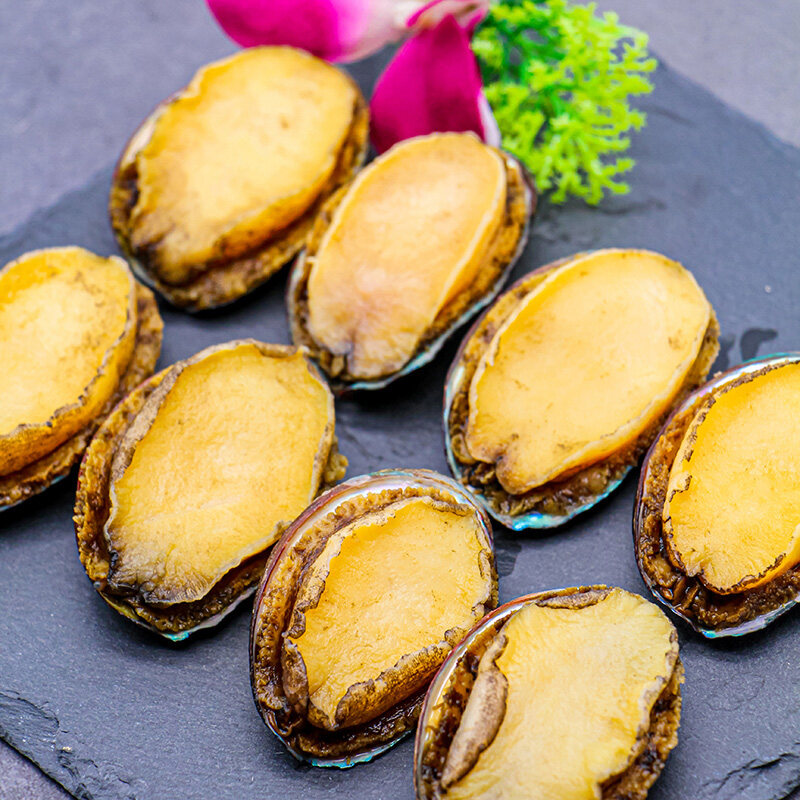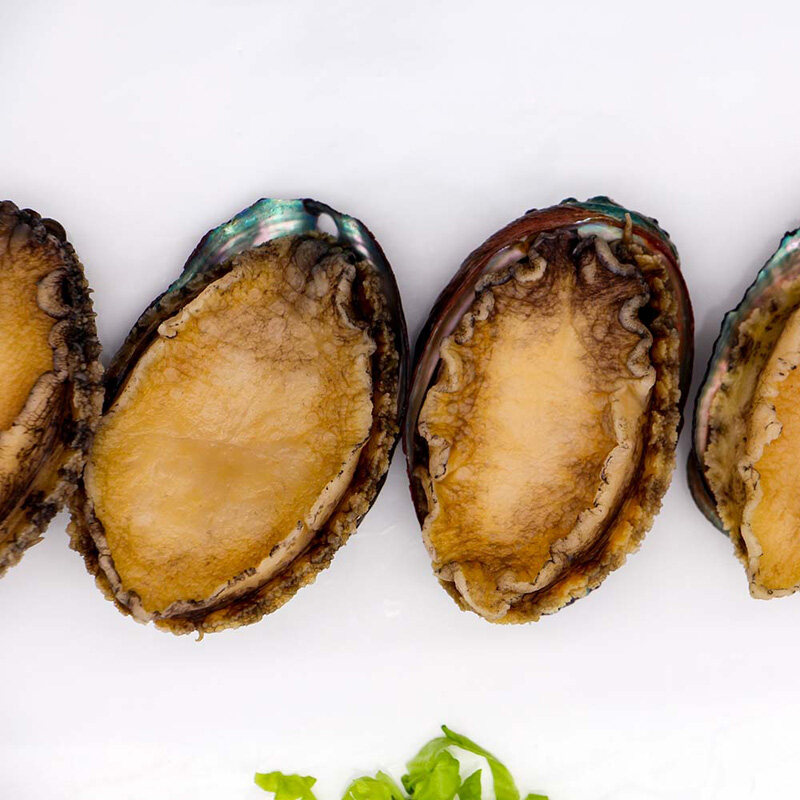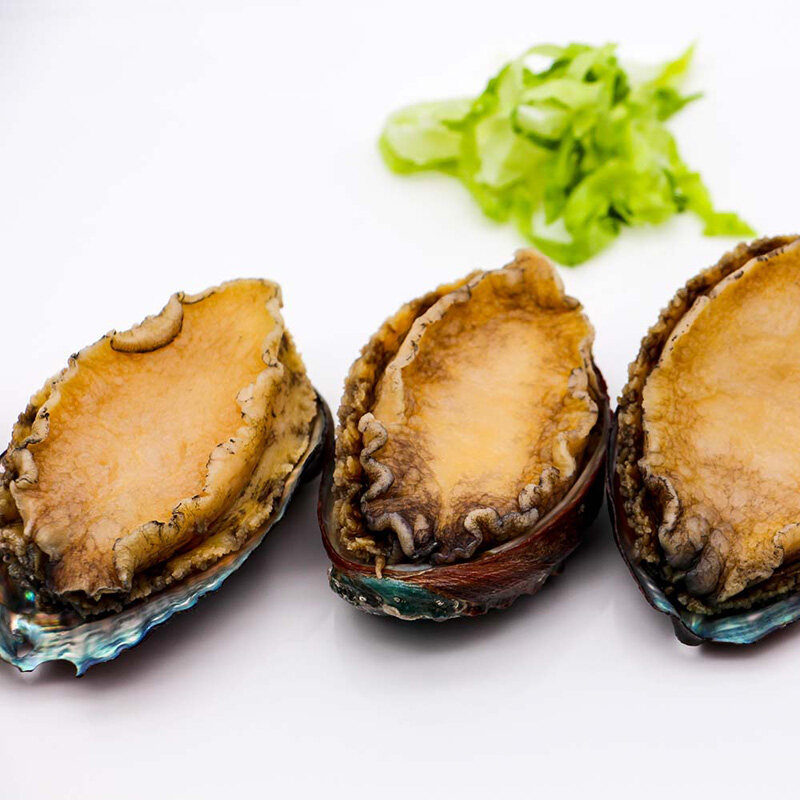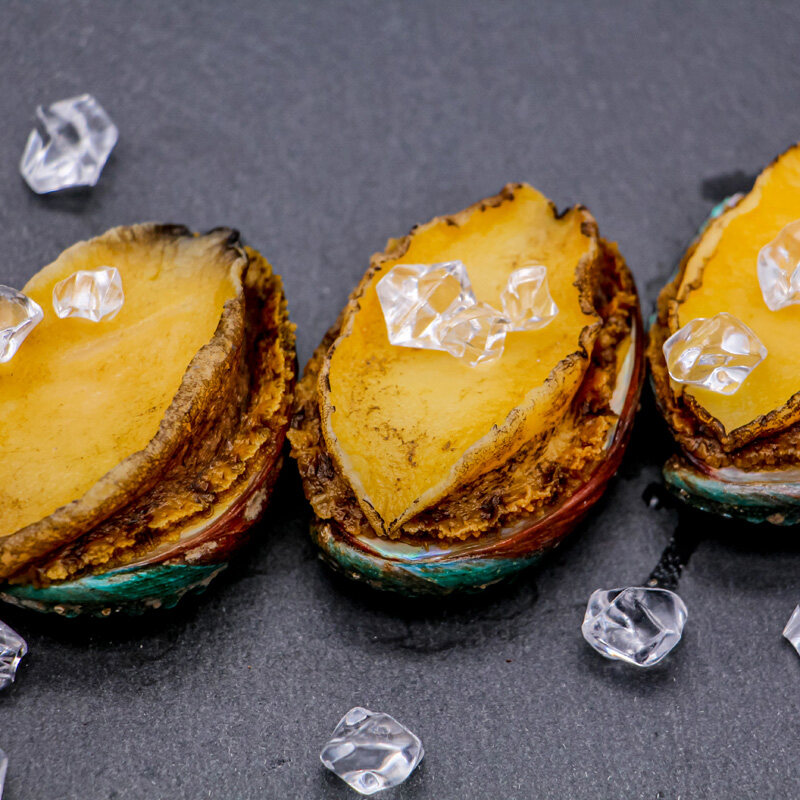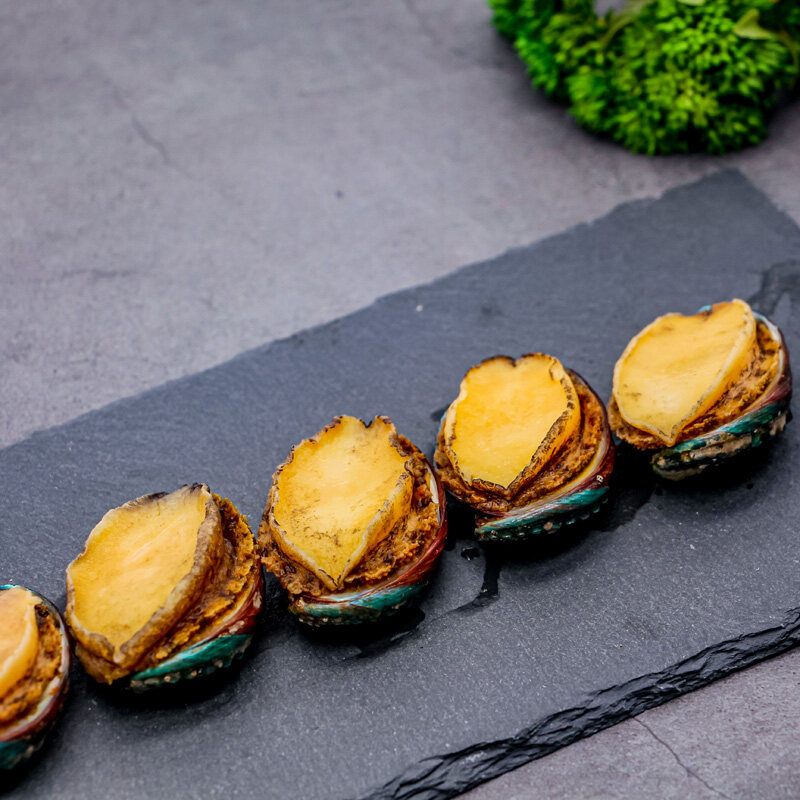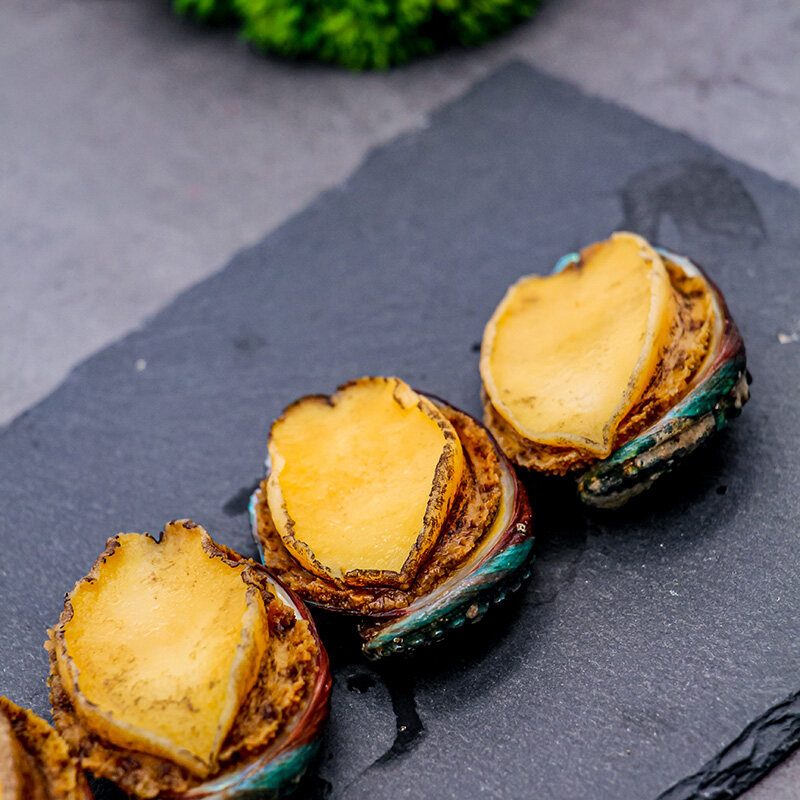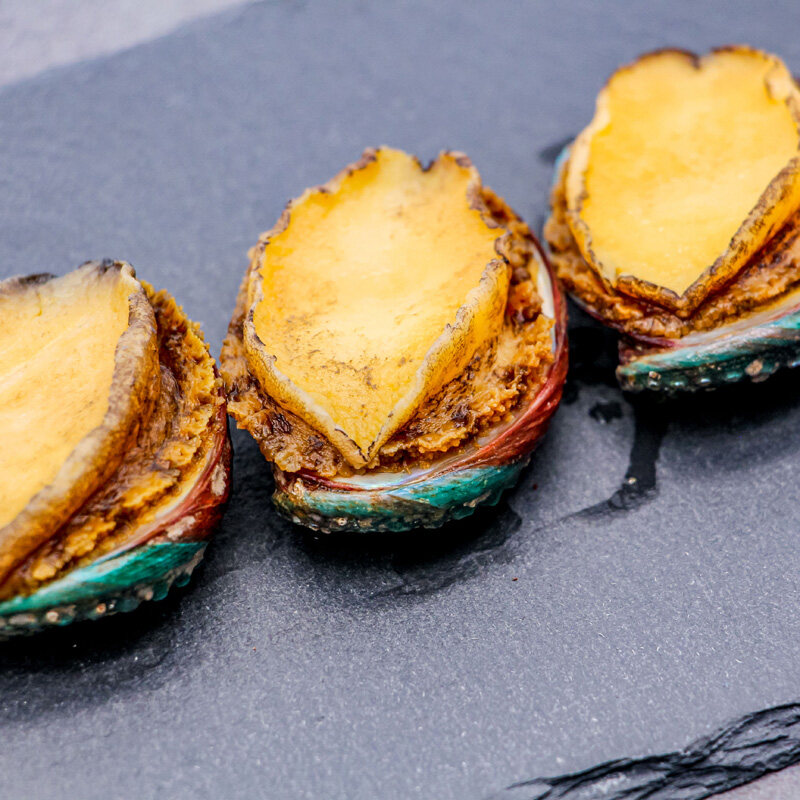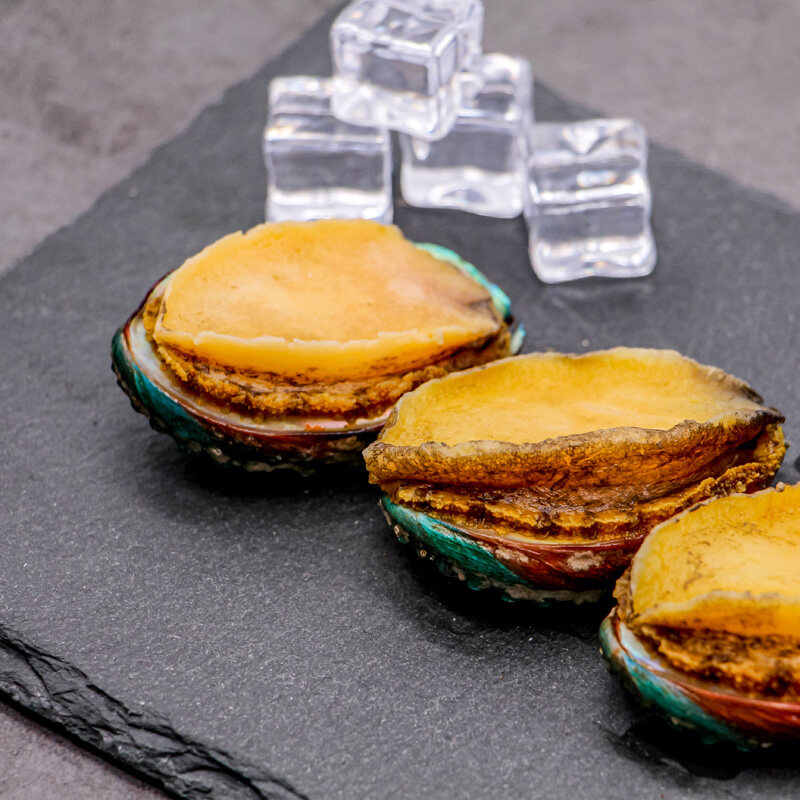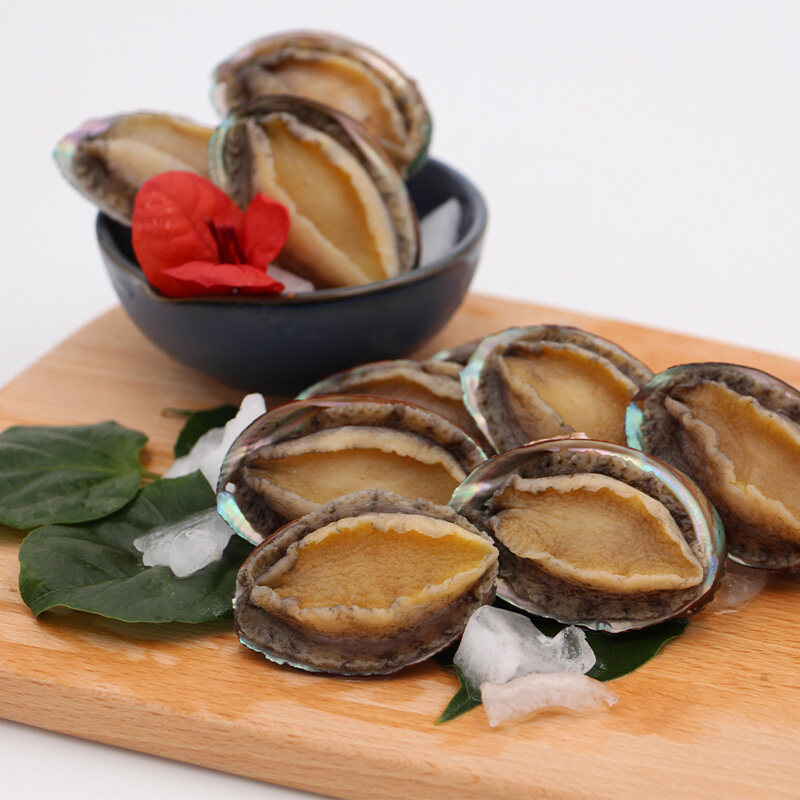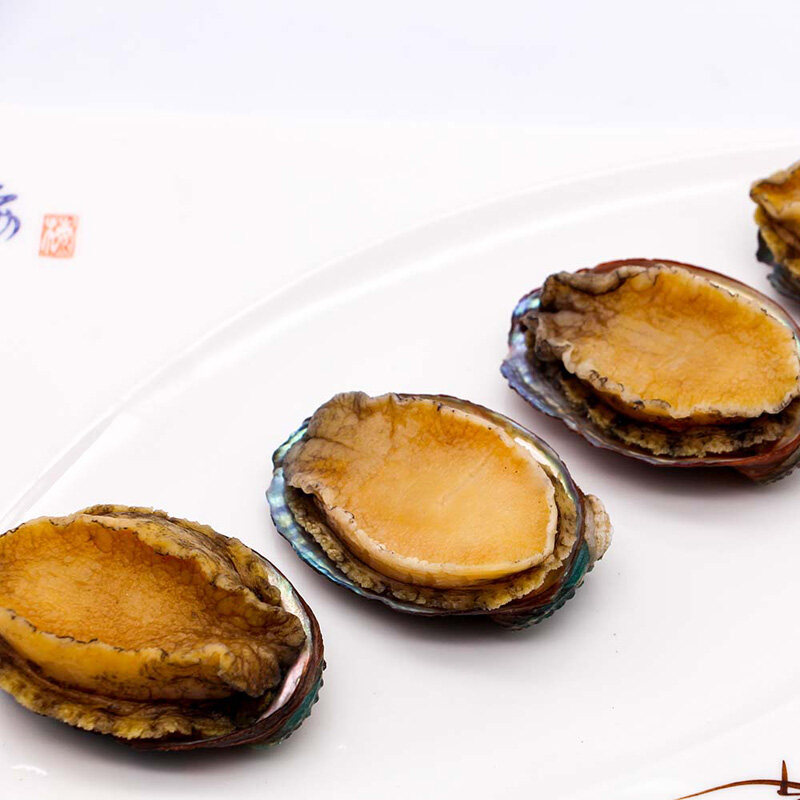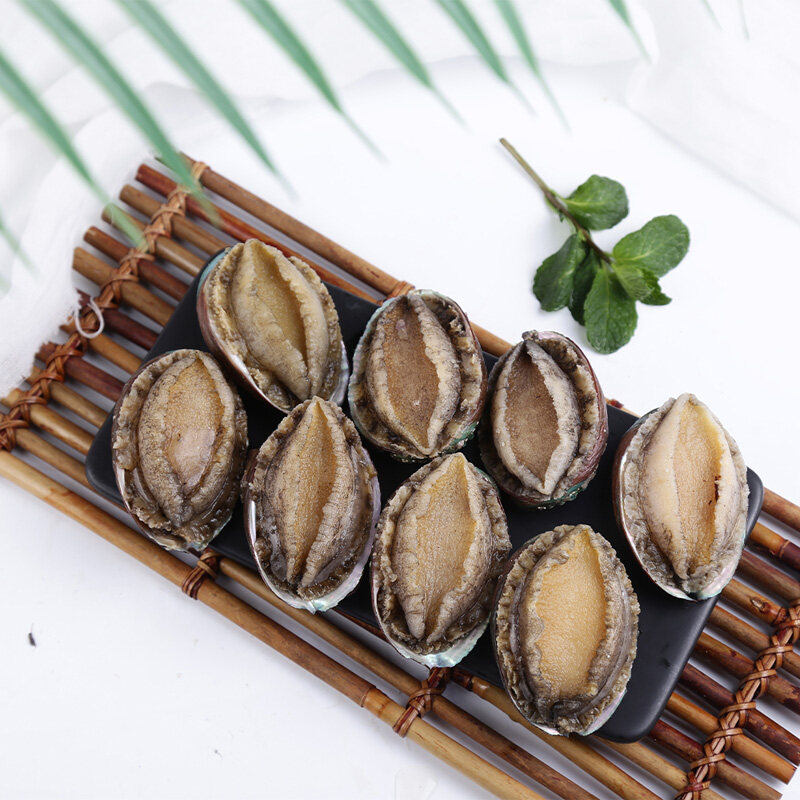Email cannot be empty
Password cannot be empty
Email format error
Email cannot be empty
Email already exists
6-20 characters(letters plus numbers only)
The password is inconsistent
Email format error
Email cannot be empty
Email does not exist
6-20 characters(letters plus numbers only)
The password is inconsistent

Frozen Blanched Abalone With Shell
Similar to fresh abalone, frozen abalone has a crisp texture when consumed uncooked. However, this will also vary depending on whether the abalone was farmed or harvested from the ocean in the wild.
Name of Product: Frozen Blanched Abalone With Shell
Main parameters of Frozen Blanched Abalone With Shell
Product Description
Name of Product: Frozen Blanched And Gutted Abalone With Shell
Producing Area: Seafood
Size: 21-80g*1kg
Customized: The size and packing can be according to customer needs
Style: FROZEN
Freezing Process: IQF
N.W. / Glazing: 100%NW, 95%NW, 90%NW, ETC., as per customers' needs.
Package: 10kgs/CTN(1kg*10pc)
Usage Direction: Marinating, braise, canned, soup
Storage Condition: under -18ºC
Shelf Life: 24 Months
Certification: ISO,BRC,HACCP
Origin: China
Loading port: Fuzhou, China
Delivery Time: 30 days according to order quantity
Payment term: 30%TT advance, balance against copy of BL
Documents: Bill of lading, health certificate, packing list, commercial invoice, certificate of origin
MOQ: 1 x 20'FCL ,loading around 9000kgs
Production Capacity: 1,000 tons per year
Production Season: whole year.
Food Features of Frozen Blanched Abalone With Shell
Tender and Succulent: Blanched abalone has a soft texture and a delicate taste. As a result, it can be easily incorporated into various dishes, and it won't overpower the other flavors.
Versatile: Abalone with shell can be cooked in various ways, including grilling, stir-frying, or sautéing. It can also be served raw, thinly sliced, or thinly pounded.
Healthy: Abalone is a good source of protein and low in fat, making it a healthy dietary choice.
Aesthetically-pleasing: Abalone with shell is visually pleasing and adds an element of sophistication to any dish. It can enhance the presentation of the meal and impress guests.
Nutritional Value of Frozen Blanched Abalone With Shell
Outlines the nutritional value of Frozen Blanched Abalone With Shell per 100 grams:
|
Nutrient |
Amount per 100g |
|
Calories |
105 kcal |
|
Protein |
18.7 g |
|
Fat |
1.2 g |
|
Carbohydrates |
3.1 g |
|
Fiber |
0 g |
|
Sugars |
0 g |
|
Sodium |
483 mg |
|
Calcium |
28 mg |
|
Iron |
3.4 mg |
|
Magnesium |
47 mg |
|
Phosphorus |
222 mg |
|
Potassium |
314 mg |
|
Zinc |
1.3 mg |
|
Copper |
0.2 mg |
|
Selenium |
31.7 mcg |
Note: the nutritional value of Frozen Blanched Abalone With Shell can vary slightly depending on the species and how it's prepared.
The application of buy Frozen Blanched Abalone With Shell in bulk
1. Restaurants and Catering: Restaurants and catering companies can use bulk abalone to create signature dishes and cater to large events. It can be a key ingredient for a variety of dishes with different flavor profiles.
2. Retail: Frozen Blanched Abalone With Shell in bulk can also be purchased by specialty retailers who sell seafood products directly to customers. These retailers can portion and package the abalone to meet customer needs.
3. Exporters: Bulk-buying can be an option for exporters who need to ship frozen seafood products to different countries. Frozen Blanched Abalone With Shell in bulk can be packed and shipped in insulated containers, ensuring the freshness and quality of the product.
How to know if abalone is bad?
Determining if the abalone has already gone bad is fairly easy. You can immediately tell a spoiled abalone just by its smell. When it already exudes foul stench exhibited by all seafood that has already gone bad, then you already have to throw the abalone in the bin.
Another indication is the abalone’s appearance. Fresh abalone has round thick “lips” that show a dark color. So, if you see white or clear-colored abalone, shy away from it because it can cause you food disasters.
How do you defrost abalone?
Now, if you’re ready to eat your frozen abalone, you can easily but gradually thaw it. Remove the thought of forcefully defrosting it in the microwave or at room temperature because you’re going to set yourself up for a disaster.
There are two ways you can thaw abalone. The first option is defrosting it in the refrigerator. Set up the fridge at 2 degrees Celsius to 6 degrees Celsius or 35 degrees Fahrenheit to 45 degrees Fahrenheit for about 24 hours until all the ice has melted and the abalone’s core temperature is the same as the fridge.
The second way to defrost abalone is by letting it sit in an ice bath while it’s still wrapped with the freezer bag. Approximately, the ice will thaw within 30 minutes to 1 hour.
These two processes should be used when defrosting canned or cooked abalone as well. This is to avoid or reduce the chances of possible growth of enzymes that can cause poisoning. Although reports of abalone poisoning have been minimal, nothing beats vigilance.
